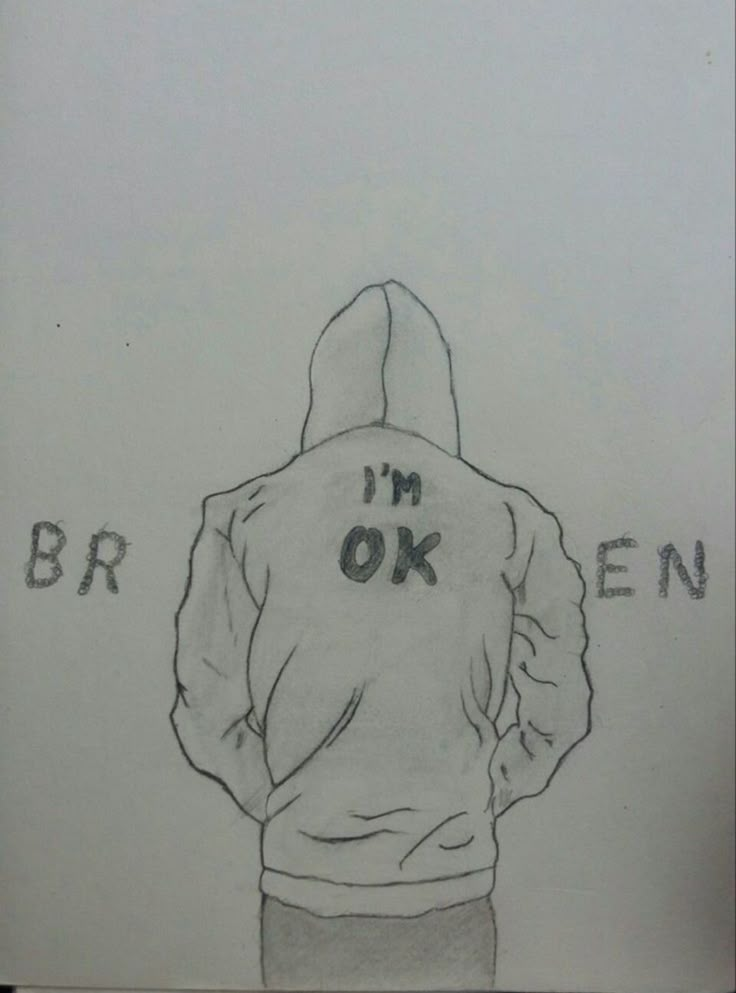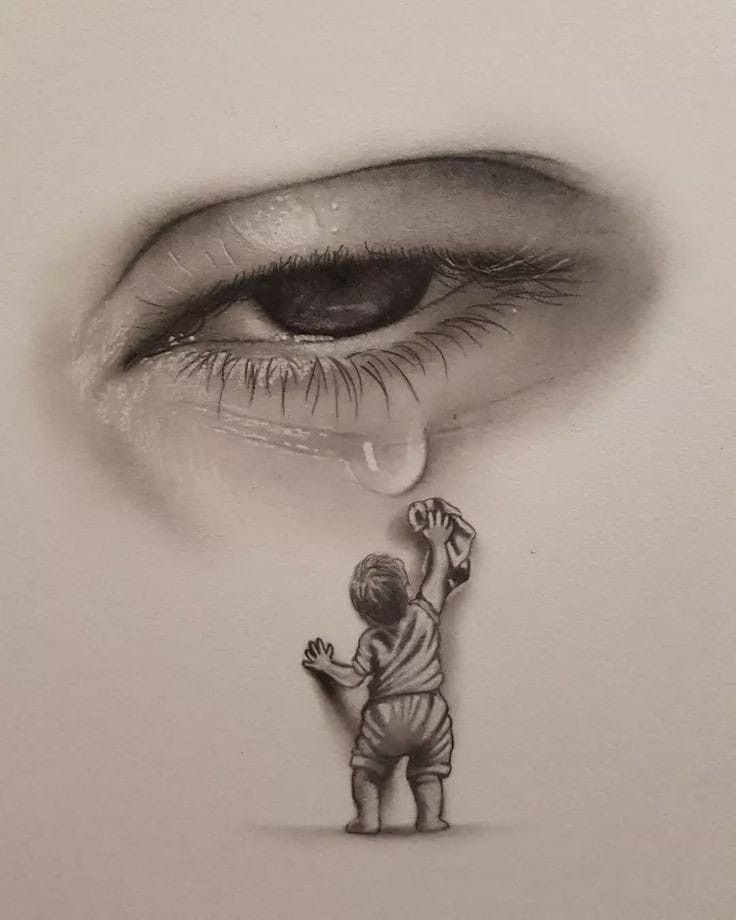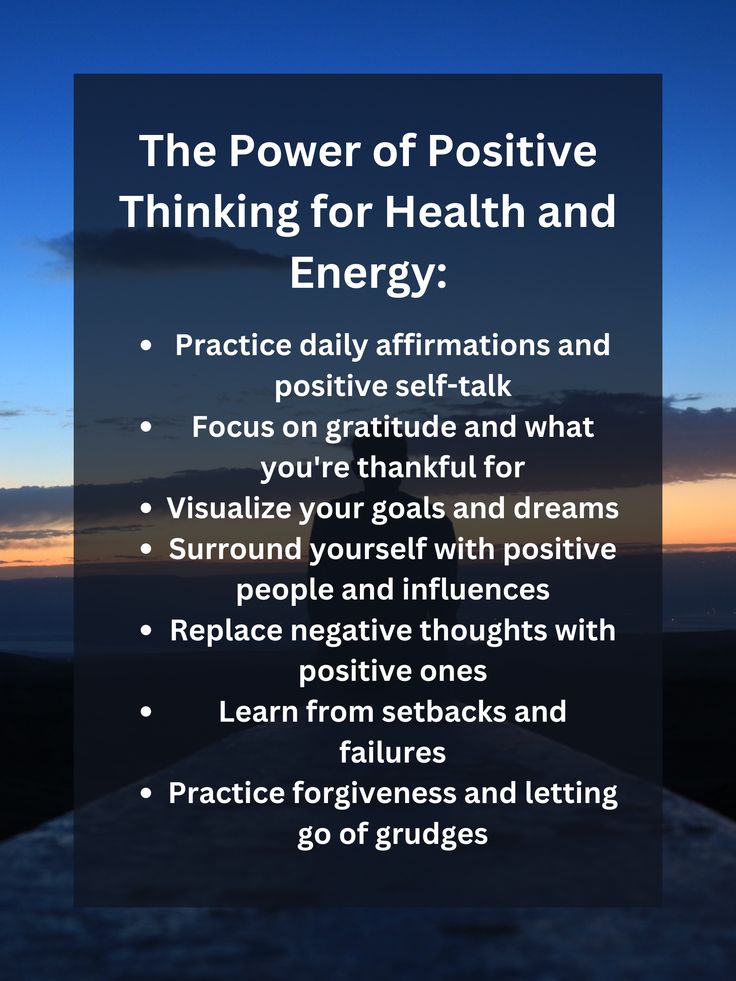
Art has never been merely a means of expression; it is a force for empowerment, change, and connection. Around the world, artists and communities are utilizing art to amplify their voices, challenge social conventions, and build lasting change. This piece examines the complex means by which art empowers individuals, inspires community development, and constructs a more just future for everyone.
The Transformative Power of Art
Art has an uncommon capacity to move people, inspire conversation, and motivate action. Regardless of the medium — painting, music, dance, theater, or digital art — art is a language universally understood that can overcome culture, language, and geographical barriers. For others, making art is a form of personal discovery and healing, a process for working through emotions, overcoming trauma, and developing resilience.
For instance, visual arts therapy has been effective in assisting people in managing mental health issues. Through converting thoughts and emotions into concrete representations, individuals tend to better understand themselves and their experiences. This exercise can be quite empowering for oppressed groups as it provides them with a platform to narrate their stories and claim their identities.
Art as a Catalyst for Social Change
Art has long been a driving force behind social movements, highlighting injustices and mobilizing people toward a common cause. From Diego Rivera’s murals commemorating the plight of workers to the protest music of the civil rights movement, art has been activism’s consistent ally.
Over the last few years, street art and new media have become strong advocacy weapons. Artists such as Banksy utilize public space to push against social norms and challenge people’s thinking, and social media aids in the wider dissemination of artistic activism. #BlackLivesMatter and climate protests have both used art to present messages more descriptively and emotively, and therefore gain traction among larger groups of people.
Empowering Communities Through Collaborative Art
Art also supports the development of community as it unites individuals to create, share, and celebrate distinct cultures. Group artwork, like group murals or plays, enables the individuals to collaborate in working toward a common purpose, creating stronger ties and the development of a sense of unity among them.
A prime example is the Favela Painting project in Brazil, where inhabitants of poor communities worked alongside artists to turn their homes into colorful pieces of art. These projects not only make the area more beautiful but also provide pride and a new sense of potential among the populace.
Likewise, participatory theatre initiatives empower communities to be heard on community matters. Through role-playing and working through solutions, the actors build their confidence and sense of control, allowing them to deal with issues in life.
Economic Empowerment Through Art
The arts also make an important contribution to economic growth through job creation, tourism, and innovation. For numerous individuals, the attainment of careers within the arts can be a route out of poverty and a chance to become financially independent.
Creative industries—film, music, and design—earn billions of dollars every year and employ millions globally. Local craftspeople and artisans also depend on their creativity to earn a living. Fair trade organizations and organizations that support traditional crafts help ensure that these artists get fair prices for what they do.
Art fairs, galleries, and cultural festivals also offer arenas for artists to present their abilities, engage with the public, and raise financial backing. They commemorate diversity and imagination and stimulate economic development in the host communities.
Art in Education: Empowering the Next Generation
Incorporating art in education enables young individuals by fostering creativity, critical thinking, and problem-solving. Arts education inspires students to think from different viewpoints, express themselves true to who they are, and empathize with others.
STEAM (Science, Technology, Engineering, Arts, and Mathematics) programs emphasize the value of creativity in innovation. Through marrying artistic and scientific fields, students are able to tackle problems with analytical and imaginative thinking.
In addition, extracurricular music, theater, and visual arts programs tend to offer a sanctuary where students can find their interests and increase their self-esteem. For disadvantaged youth, exposure to the arts can prove to be a life-altering experience, leading to the availability of scholarships, mentorships, and arts-related careers.

Overcoming Barriers to Artistic Empowerment
Even with its life-changing possibilities, access to art is uneven throughout the world. Economic inequality, insufficient funding, and social attitudes sometimes restrict chances for people and communities to become involved in the arts. These hurdles must be overcome to guarantee that the advantages of art can reach everyone.
Nonprofit agencies, philanthropic programs, and government initiatives fill these gaps. For instance, programs such as Art in Action bring arts education to schools in low-income communities, and public art grants fund artists serving economically distressed communities.
Technology also presents new pathways for artistic empowerment. The Internet provides a means for artists to present their work on a worldwide stage, and digital workshops and instruction offer instruction in the art of making art than ever before. These technologies are especially critical in areas where conventional resources are limited.
A Vision for the Future
As we look to the future, it’s clear that art will continue to be a driving force for empowerment and change. By fostering creativity, building connections, and addressing social challenges, art has the potential to transform individuals and societies alike.
In order to achieve its full potential, investing in arts education, nurturing new talent, and encouraging equal access to creative opportunities is crucial. Governments, industry, and communities need to acknowledge the worth of the arts and work together to secure their viability.
In a complex world, from climate to social injustice, art is a source of hope and a powerful tool for imagining and crafting a better world. By adopting the liberating potential of art, we have the power to motivate generations to dream, create, and flourish.
Conclusion
Art empowerment is a reflection of the unlimited creativity and resilience of the human spirit. As a vehicle for self-expression, a driver for social change, and a platform for economic and educational opportunity, art is a positive force that enriches lives and builds stronger communities. By supporting the arts, we empower individuals but also the shared vision of society, opening the door to a more just and vibrant world.





